wanting to add some colour to a natural habitat behind me
kodi
18 years ago
Related Stories

PLANTING IDEASWant a More Colorful, Natural Garden? Try a Perennial Meadow
Spend less time tending and more time taking in the sights by improving on Victorian and prairie garden designs
Full Story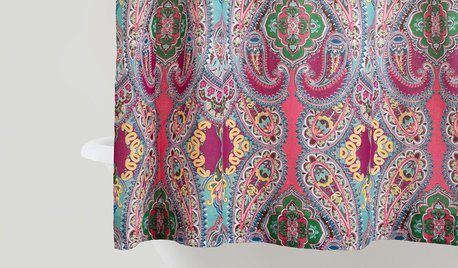
PRODUCT PICKSGuest Picks: Add Some Color to Your Cool Summer Shower
Give summer heat the cold shoulder when you chill out behind one of these stylish shower curtains
Full Story
GARDENING FOR BUTTERFLIESBring on the Birds: Natural Habitat Ideas for Gardens of All Sizes
Provide nesting, watering and perching spots inspired by the Costa Rican jungle and watch the birds flock on over
Full Story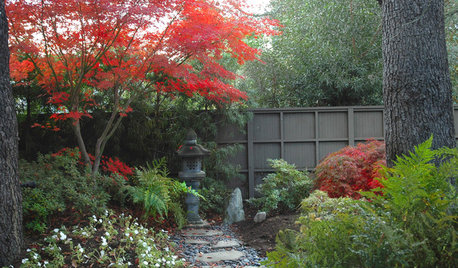
COLORNature’s Color Wisdom: Lessons on Red From the Great Outdoors
Dab some of Mother Nature’s rouge around the home for an eye-opening look
Full Story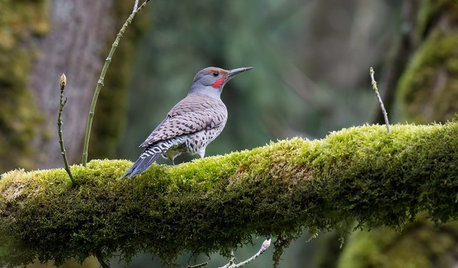
GARDENING GUIDESBackyard Birds: Healthy Home Habitats for Northern Flickers
These colorful woodpeckers found across the U.S. and Canada love berries, seeds and ants and often nest in deep burrows in trees
Full Story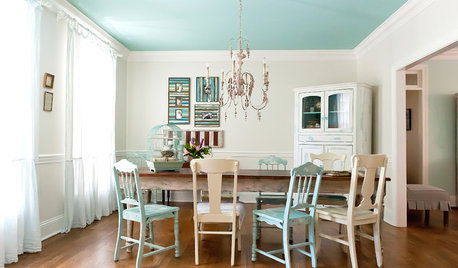
COLORAdd Excitement With Vibrant Ceiling Color
Slather on some bold ceiling color for an instant — and eye-catching — transformation
Full Story
DECORATING GUIDESAdd Some Sparkle to Your Style
Discover 15 ways to bring glitter and glam into your home
Full Story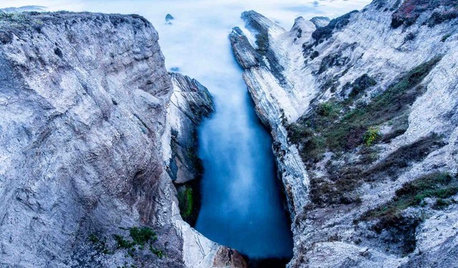
COLORNature’s Color Wisdom: Lessons on Blue From the Great Outdoors
Take some cues from the sea and sky to find a blue to match any taste and mood
Full Story
COLORWant Gorgeous Interior Colors? Look to the Light
See how to manipulate natural and artificial light — and learn about those baffling new bulbs — to get the exact room colors you want
Full Story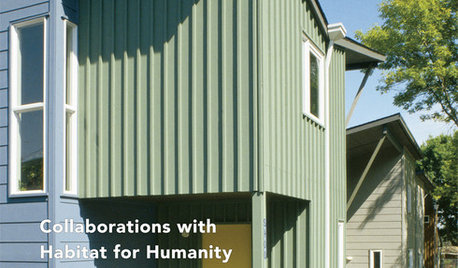
ARCHITECTUREHabitat for Humanity Takes a Modern Tack
The longtime nonprofit has half a million homes around the world under its belt. A new book details some of the noteworthiest
Full StorySponsored






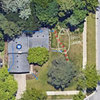
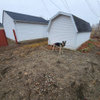
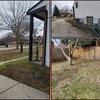
Juliana63
pattio2
Judy_B_ON